History
JPRestaurants – From making ceramics to filling plates
Starting life at the Jersey Pottery ceramics studio in 1946, JPRestaurants has transformed from making plates, to filling them with delicious island-inspired food.
The Jersey Pottery manufacturing and online shop closed after the pandemic in 2020, but the Pottery’s legacy lives on. Our restaurants and cafés, which were founded at the original Pottery factory in the 1960s, can be found around the Island – serving great food to thousands of islanders and tourists each day.
Discover a journey that has taken us from the pottery studio in Gorey Village, to beachside restaurants, an urban brasserie, and cafés across the ports and town centre.
1940
1941
1942
1943
1944
1945
1946
19461947
1948
1949
1950
1951
1952
1953
1954
19541955
19551956
1957
1958
1959
1960
19601961
1962
1963
1964
1965
1966
1967
1968
1969
1970
19701971
1972
1973
1974
1975
1976
1977
1978
1979
1980
19801981
1982
1983
1984
1985
1986
1987
1988
1989
19891990
19901991
1992
1993
1994
1995
1996
1997
1998
1999
2000
20002001
2002
2003
2004
2005
2006
2007
2008
20082009
2010
20102011
2012
20122013
2014
2015
2016
2017
2018
20182019
2020
20202021
20212022
2023
2024
2025
2026
2027
2028
2029
2030

Jersey Pottery Founded
Our journey started in 1946, with the establishment of the Jersey Pottery ceramics company.
While our focus today is on filling plates, we spent a lot of our past making them.
The original Jersey Pottery was established following the Second World War, when two brothers – Charles and William Potter – saw an opportunity to make British pottery in the Channel Islands. Making decorative ceramics had been banned during the war, but this law didn’t apply to Jersey. So the island, which had previously ceased pottery production in the 1880s, seemed an ideal place for a British pottery business.
The first Jersey Pottery factory was established on the site of a former shipyard, close to the sea in Gorey Village.
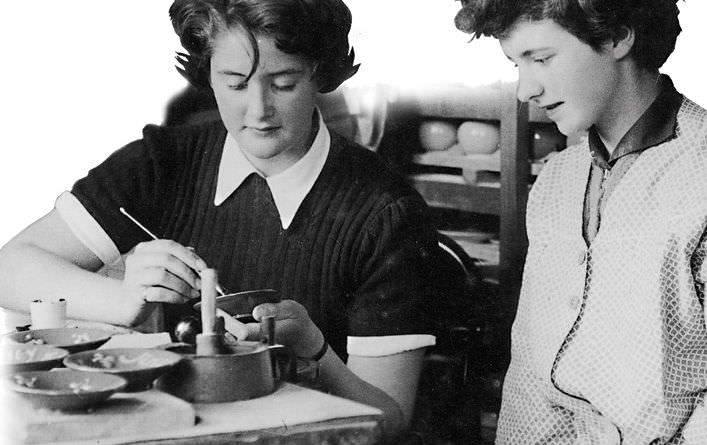
Jones family acquired Jersey Pottery
Jersey Pottery was bought by Clive and Jessie Jones in 1954 - and the business is still in the Jones family today.
After the UK restriction on making decorative ceramics was lifted, more British pottery came into production – and Charles and William’s Jersey Pottery business began making a loss.
They sold the business in 1954 to Clive and Jessie, the grandparents of the present-day JPRestaurants family directors.
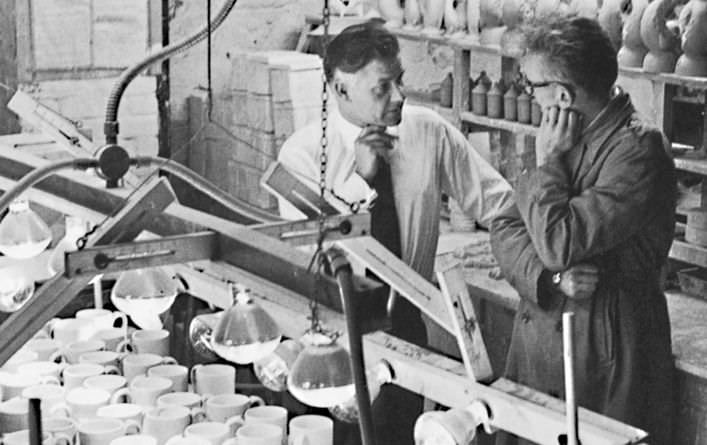
Transformation of Jersey Pottery
Clive, Jessie, and their daughter Carol, set out to transform Jersey Pottery: still making fashionable ceramics, but targeting the growing number of tourists holidaying in Jersey.
The family decided to open the factory for visitors, allowing tourists to see pottery being made and encouraging visitors to buy souvenirs of their trips.

From Making Cups, to Cups of Tea
Jersey Pottery quickly became a popular attraction. In the early 1960s, a coffee bar was introduced to refresh thirsty tourists.
This coffee bar was the beginning of the JPRestaurants we know today; sowing the seed for a future of hospitality.
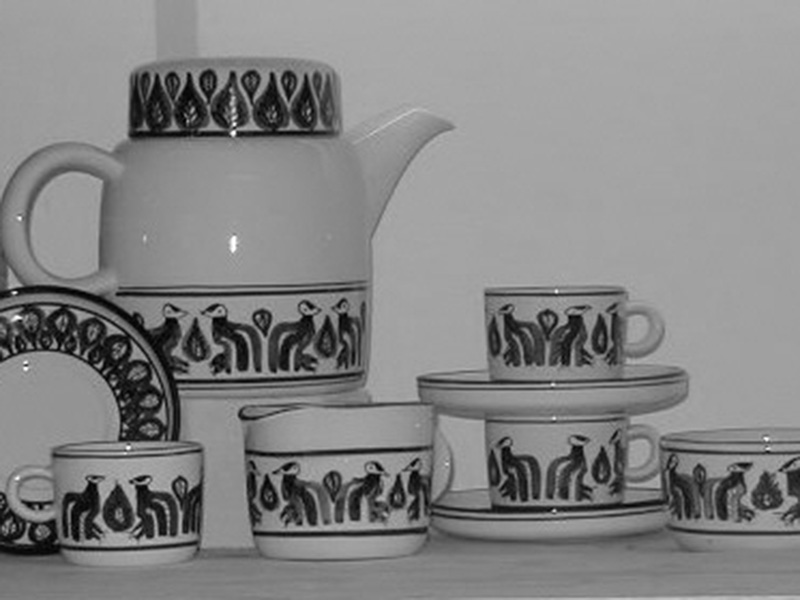
Expanding into Hospitality
Jersey Pottery continued to expand its hospitality side, adding a new architect-designed 500-seat restaurant in the 1970s.
Instead of just buying plates, now visitors could also eat from them! The restaurant proved very popular and visitor numbers continued to grow, with 300,000 customers visiting the Pottery annually.
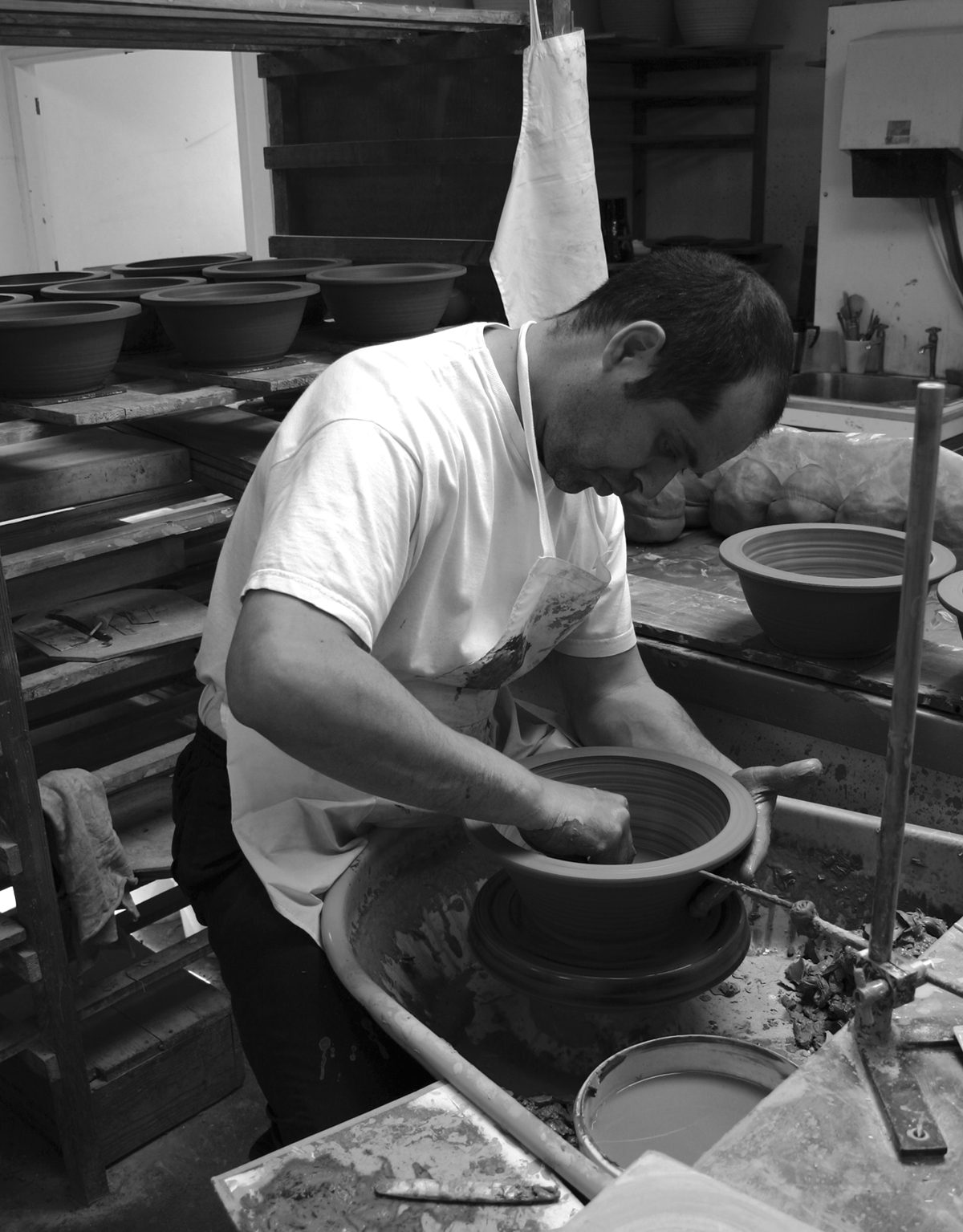
Growing Jersey Pottery
At the height of the tourism boom in the 1980s, Jersey Pottery welcomed more than one million visitors each year to its factory, showroom, gardens, and restaurant.
Over the decade, two of Colin’s sons joined the business: Jonathan working in the ceramics side after completing training in Stoke-on-Trent, and Robert working on the restaurant and catering side after completing a management training scheme at the Savoy Group in London.
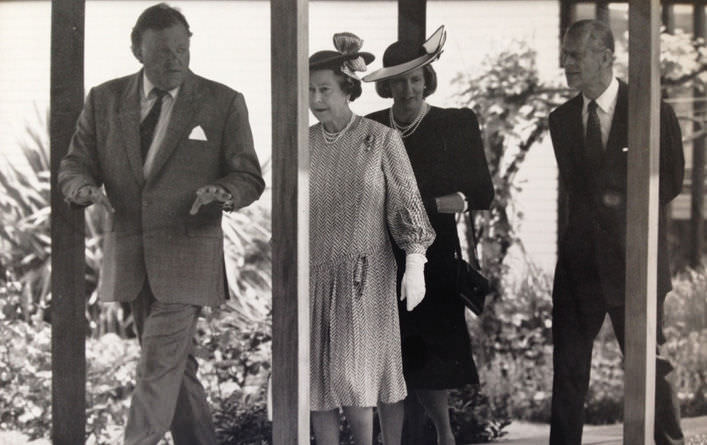
Her Majesty Queen Elizabeth II visits Jersey Pottery
The Queen and the Duke of Edinburgh come to Jersey Pottery as part of an Island visit which included a tour of the factory and lunch in the Jersey Pottery Garden Restaurant in Gorey.
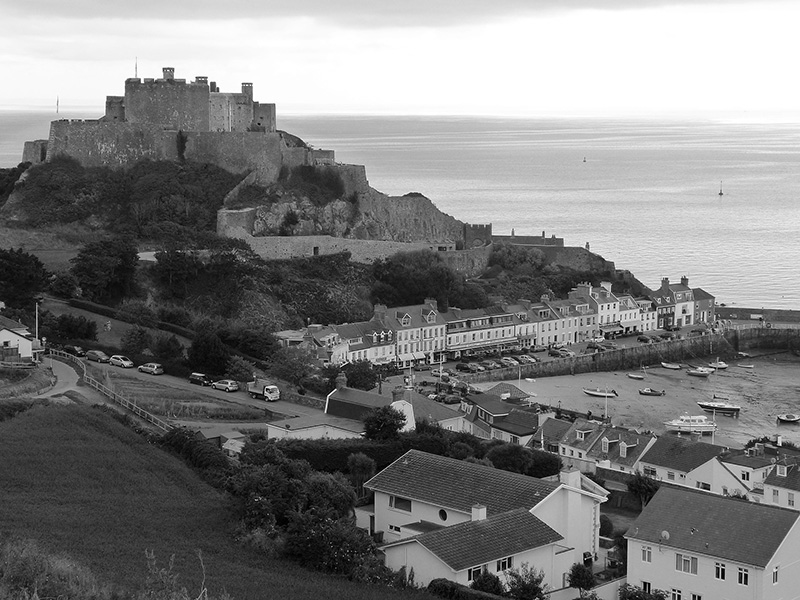
Beyond Gorey
Over the 1990s, the business began to grow beyond the Jersey Pottery attraction at Gorey.
Now offering catering for private events, and hospitality outlets elsewhere in the Island, Jersey Pottery’s catering branch expanded beyond the Gorey factory.
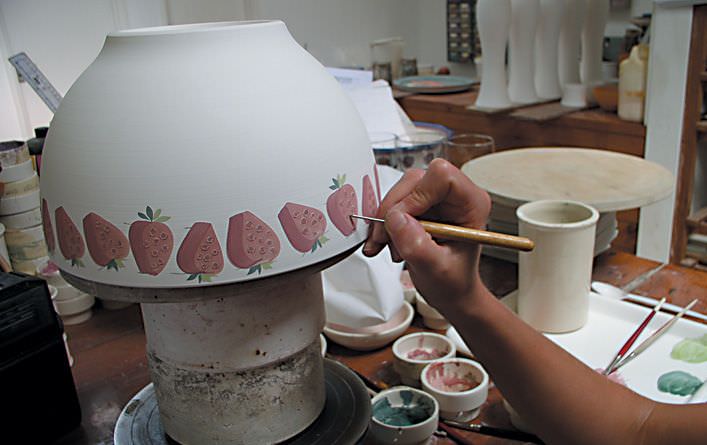
Times Change at Jersey Pottery
With cheaper flights and package holidays further afield, the number of tourists visiting Jersey began to decline - and so, too, did visitor numbers at Jersey Pottery.
Fewer tourists meant less demand for local ceramics, and so Jersey Pottery’s focus started to shift.
Handmade pottery made way for high-quality manufactured ceramics, and the restaurant and catering side of the business continued to grow – providing great-tasting food for both islanders and tourists alike.
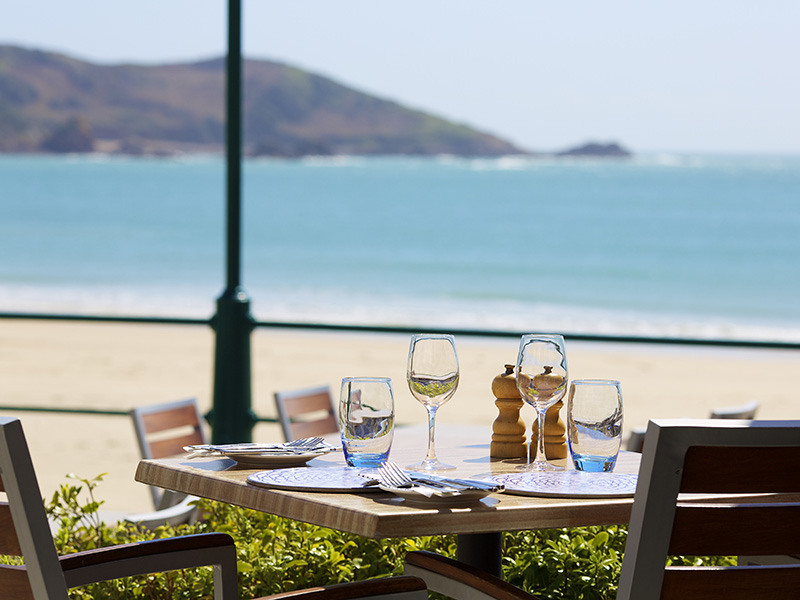
Beachside Dining
In 2008, Jersey Pottery opened two new restaurants at St Brelade's Bay.
Oyster Box initially opened as a beach bar, serving oysters and classy but casual food with beautiful views of the Bay. Next door, Crab Shack offered a relaxed family vibe, with all-day dining, ice cream cones, and a summer beachy feel.
Both restaurants proved very popular, with Crab Shack (now known as Jersey Crab Shack) expanding to branches in St Helier and Gorey. The style has changed a little bit since the original Shack days, but the brand’s values remain the same. Tasty food, relaxed beachy vibes, and island-inspired values, capturing the soul of Jersey.
Oyster Box has also evolved into beach chic dining: elegant and sophisticated, but with the same stunning views across St Brelade.
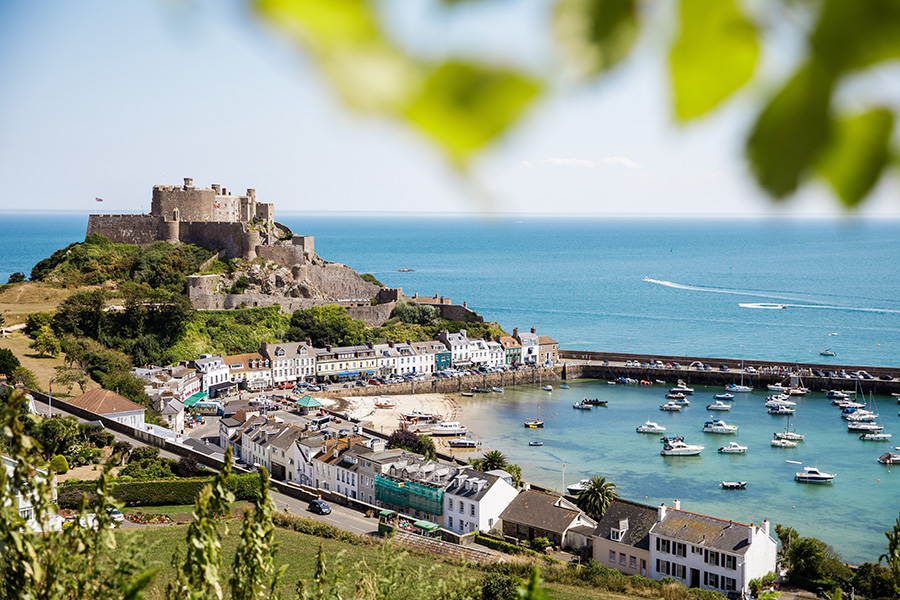
Goodbye, Gorey
With sales declining at Gorey and unsustainable manufacturing costs in Jersey, Jersey Pottery made the difficult decision to close the Gorey factory.
The business’s headquarters moved to offices in St Helier, and production moved to a new manufacturing and fulfilment facility in Lincolnshire.
The Jersey Pottery restaurant closed along with the Gorey factory, but the name lived on in Jersey Pottery’s cafés in St Helier, and Jersey Pottery Catering.
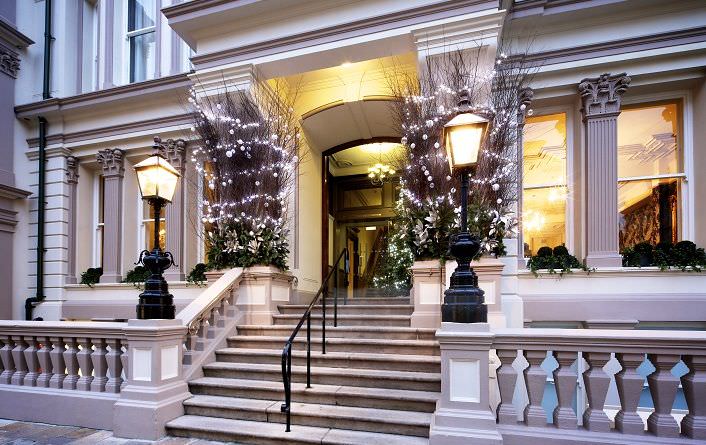
Hello, Banjo
In 2012, Jersey Pottery's headquarters moved into 8 Beresford Street: a former Victorian Gentleman's Club in a stunning listed building.
The building was lovingly restored, creating a quirky cocktail bar, two elegant brasserie-style dining rooms, four boutique hotel bedrooms, as well as office space for the Pottery and Restaurant management.
Banjo – the restaurant, bar, and hotel bedrooms – opened in 2012.
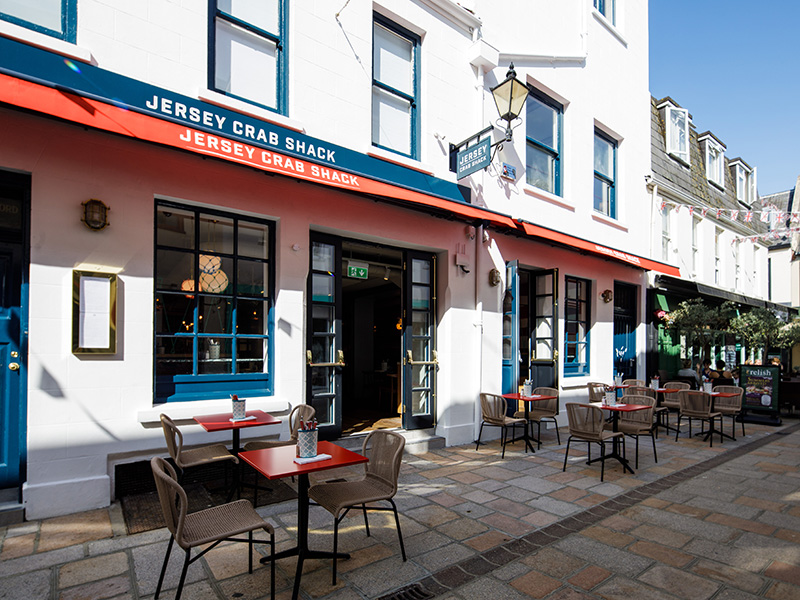
Shacking Up in St Helier
Jersey Crab Shack opened in St Helier in 2018.
The third branch of Jersey Crab Shack, JPRestaurants’ casual beachy brand, the restaurant opened on Market Street directly behind Banjo.
Tucked away in the quaint side streets near the Central Market, the restaurant brings a taste of the Island’s coast to Jersey’s town centre.

Navigating the Pandemic
The covid pandemic was a pivotal time for Jersey Pottery and JPRestaurants.
With reduced footfall and trade during the pandemic, Jersey Pottery took the decision to close its St Helier shop in 2020. The online shop closed shortly afterwards, with ceramics no longer in production.
Meanwhile, JPRestaurants closed our cafés and restaurants in March 2020 following concerns for the health and welfare of our customers and staff. After a period of lockdowns in Jersey, phased re-openings took place over 2020 and 2021, with measures in place to protect staff and customers.
While we were closed, JPRestaurants staff took part in voluntary work, and others undertook secondments at essential services like supermarkets and care homes. Our Marketing team also ran campaigns to support smaller local businesses, helping them to promote their reopening efforts.
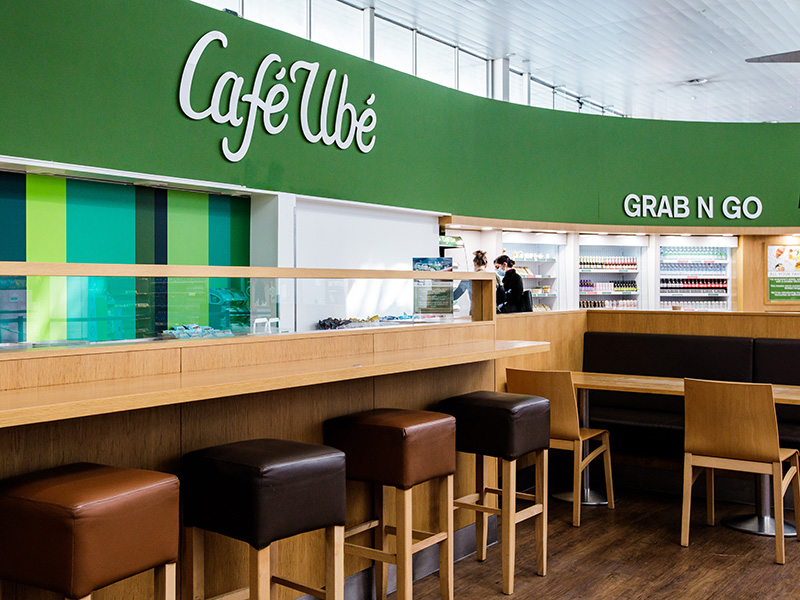
Taking Flight
In the post-pandemic world, new journeys started for JPRestaurants.
In 2020 and 2021, JPRestaurants opened Café Ubé branches at Jersey’s airport and harbour. Offering all-day Grab & Go dining, fresh coffee, and speedy service, the cafés cater to hundreds of passengers passing through the ports each day.
Over this period, JPRestaurants also removed tips and became Jersey’s first accredited Hospitality Living Wage employer.




